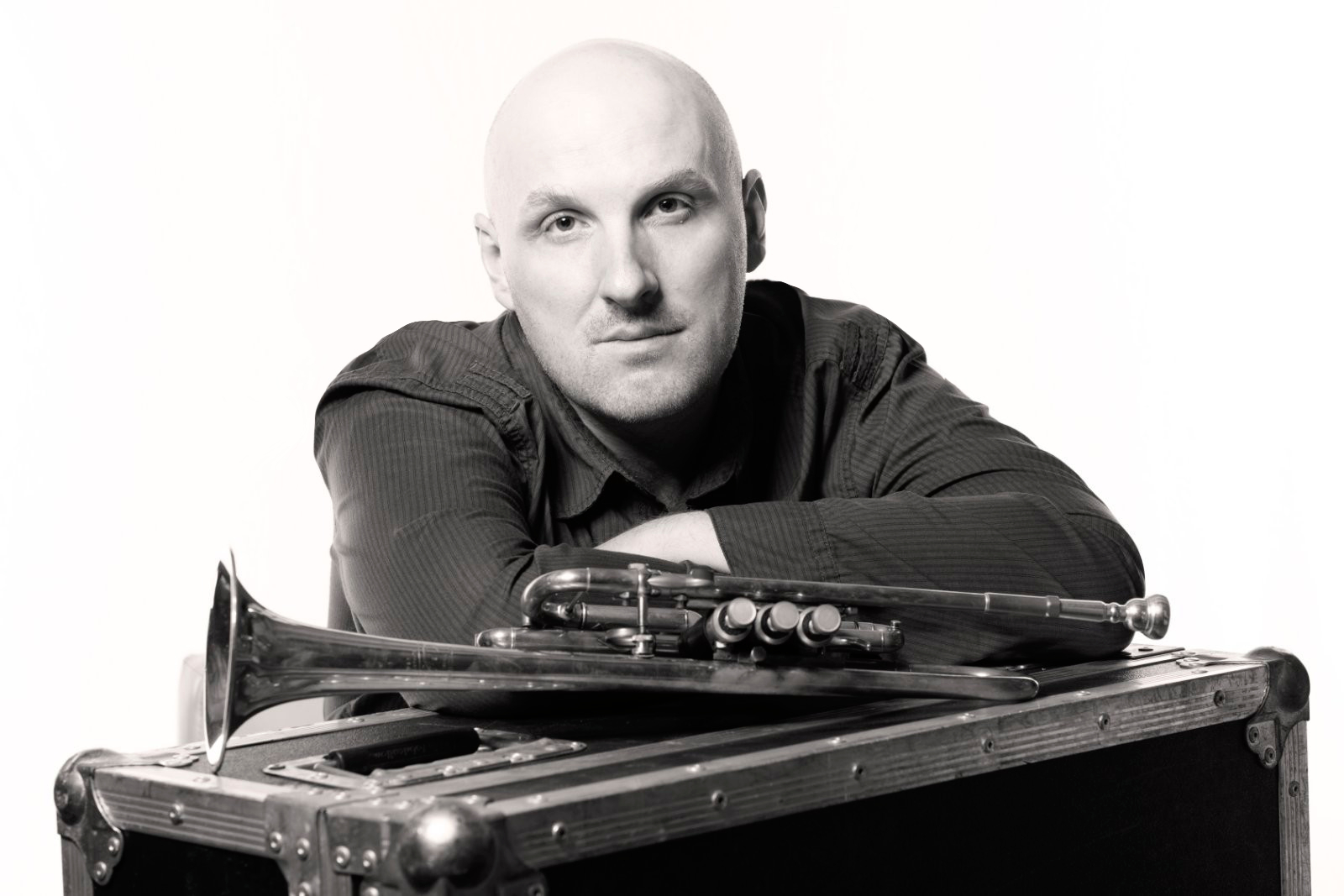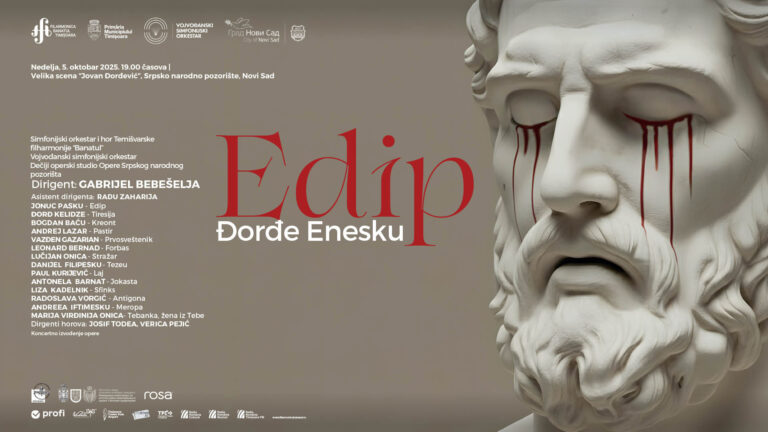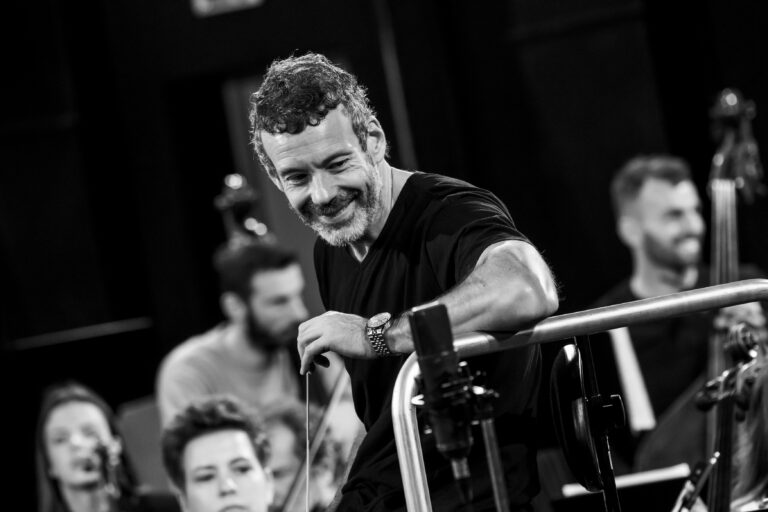Specters of Maqam – Trumpet Concerto by Alexander Arutiunian
Alexander Arutiunian (1920–2012) was one of the key composers of Armenia’s postwar musical life and long-time director of the Armenian Philharmonic (1954–1990). His Trumpet Concerto, composed during the war years, was not premiered until 1950 in Moscow, performed by Aykaz Messiyan with the Bolshoi Theatre Orchestra. The work is written in a single movement with several contrasting sections, with the addition of a virtuosic cadenza by Timofei Dokshitzer, which, after his first studio recording in 1969, was universally accepted as an integral part of the composition.
Arutiunian combines the classical Soviet-era concertante style with elements of Armenian folk music, particularly from the thousand-year-old tradition of the ashugh (ashik) – itinerant poets and musicians from the regions of present-day Turkey, Armenia, Azerbaijan, and Iran, whose melodic idiom is rooted in the medieval modal system of maqam.
The performance of this work at the concert of the Vojvodina Symphony Orchestra, on Sunday, September 28 at 8:00 PM in the Novi Sad Synagogue, also forms part of the doctoral artistic-research project “Specters of Maqam” at the University of Music and Performing Arts in Graz (Austria). The project explores hidden elements of Middle Eastern musical tradition within Western contemporary music, with particular focus on the connection between the natural (non-tempered) system, established in the 10th century by Persian thinkers al-Farabi and Avicenna as the foundation of maqam theory, and the intonational properties of the modern trumpet, which still relies on the natural harmonic series.
Traces of the characteristic melodic and modal structure of Maqam Isfahan—first documented in this form by the philosopher Qutb al-Din al-Shirazi in 1306 in his encyclopedia Durat al-Taj—can be recognized in one of the leitmotifs of Arutiunian’s concerto. The deliberate alignment of specific trumpet fingering combinations with maqam tonal functions reveals the entire developmental trajectory of these melodic structures: from Sufi lodges and court musicians of the Abbasid Caliphate, through the secular traditions of Anatolian and Transcaucasian ashiks, to the national-romantic school of Soviet and Armenian music in the first half of the 20th century.
The methodology of this artistic-research project therefore oscillates between reconstruction and deconstruction: on the one hand, through historically informed performance practice, the interpretative approach is based on the original archival recording of Aykaz Messiyan (1950), contrasted with the canonized performance of Timofei Dokshitzer (1969), whose choices of tempo flexibility and dynamics still dominate as interpretative norms today. On the other hand, research into the fluid, migratory roots of key elements of so-called national musical identity enables a critical re-examination of their contemporary interpretations and opens a space for the transformation of meaning through performance readings that view historical material as a living semantic field, shaped in dialogue with today’s cultural, social, and political contexts.
Nenad Marković, trumpet



